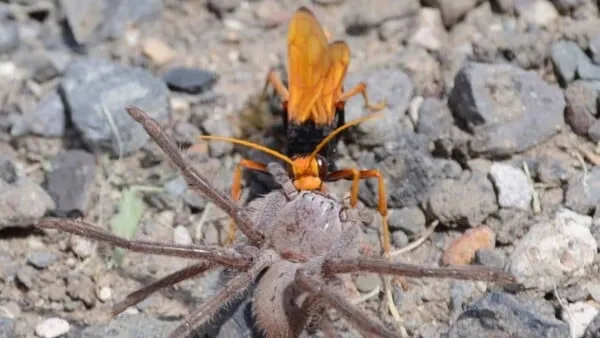What is a Tarantula Hawk?
The tarantula hawk is a species of spider wasp belonging to the genus Pepsis. They are renowned for their exceptionally painful sting, which is often cited as one of the most excruciating insect stings in the world. These wasps are solitary, with the females being larger than the males. Their primary purpose involves the paralyzation of tarantulas, which they use as hosts for their larvae. Despite their fearsome reputation, tarantula hawks are generally not aggressive toward humans unless provoked. They play a vital role in controlling the tarantula population, though their presence can be alarming to those who encounter them.
Identifying the Tarantula Hawk
Identifying a tarantula hawk is crucial for both avoidance and knowing how to respond if stung. They are easily recognizable due to their striking appearance. Understanding their appearance is essential for anyone who lives or spends time in regions where these wasps are prevalent. Recognizing these wasps helps individuals take the necessary precautions to avoid stings and to understand the potential risks associated with encountering them.
Appearance and Characteristics

Tarantula hawks are typically large wasps, often measuring up to 2 inches in length. They have a vibrant metallic blue-black body, contrasted by orange or rusty-colored wings. The combination of the dark body and bright wings is a warning signal in the natural world, indicating their potent sting. Females are larger and possess a more robust build than males. Their antennae are long and threadlike, used for sensing their environment, and they have powerful mandibles for manipulating their prey. Their overall appearance is quite distinctive, making them relatively easy to identify compared to other wasp species.
Habitat and Distribution
Tarantula hawks are primarily found in the southwestern United States, particularly in desert regions, and also in parts of Central and South America. They prefer arid and semi-arid environments where tarantulas are abundant. Their habitat includes grasslands, scrublands, and deserts. The wasps are highly adapted to these environments, enabling them to survive in hot and dry conditions. Understanding their habitat is crucial for predicting where encounters might occur, thereby allowing for better preparedness and avoidance strategies for anyone who lives or travels in these areas.
Why are Tarantula Hawks Dangerous?
Tarantula hawks are dangerous primarily due to their incredibly painful sting, which is used to paralyze tarantulas for their larvae. This sting, while not usually life-threatening to humans, is notorious for its intensity. The venom contains neurotoxins that affect the nervous system, resulting in immediate and intense pain. While the sting’s primary purpose is for subduing large prey, its effects on humans are substantial and require prompt attention. This section explains why the tarantula hawk is considered one of the most dangerous insects in the world because of its sting.
The Potency of the Sting
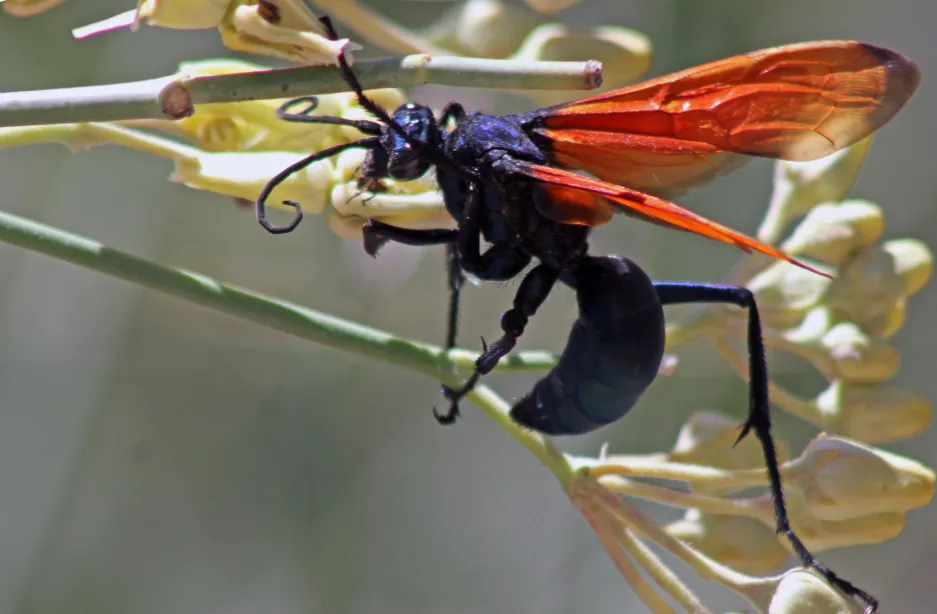
The potency of the tarantula hawk sting is a critical factor in its reputation. The venom is designed to quickly paralyze large prey, and its effects on the human nervous system are severe. The sting delivers a neurotoxic venom that causes immediate, intense pain. This pain is characterized by its burning, throbbing nature and is often described as one of the most excruciating insect stings imaginable. The sting’s potency underscores the need for rapid and appropriate responses to minimize both physical and psychological distress.
The Pain Scale and Severity
The tarantula hawk sting is frequently rated as one of the most painful in the insect world, often scoring at the highest levels on pain scales like the Schmidt Sting Pain Index. The severity of the sting varies but typically causes intense, localized pain that can last for several minutes, sometimes even longer. Besides the acute pain, other symptoms may include swelling, redness, and throbbing at the sting site. The intense nature of the pain can lead to a temporary loss of motor control and a feeling of disorientation, emphasizing the need for immediate action to mitigate the impact of the sting.
What to Do Immediately After Being Stung
Immediate action after being stung by a tarantula hawk is essential to mitigate the severity of the symptoms and ensure a smoother recovery. Time is of the essence, and swift responses can significantly affect the level of pain and potential complications. Knowing the correct steps to take can help reduce the discomfort and support the affected individual. Prompt action can also help in preventing potential secondary issues. This section offers practical advice on what you must do as soon as you are stung by a tarantula hawk.
First Aid Steps
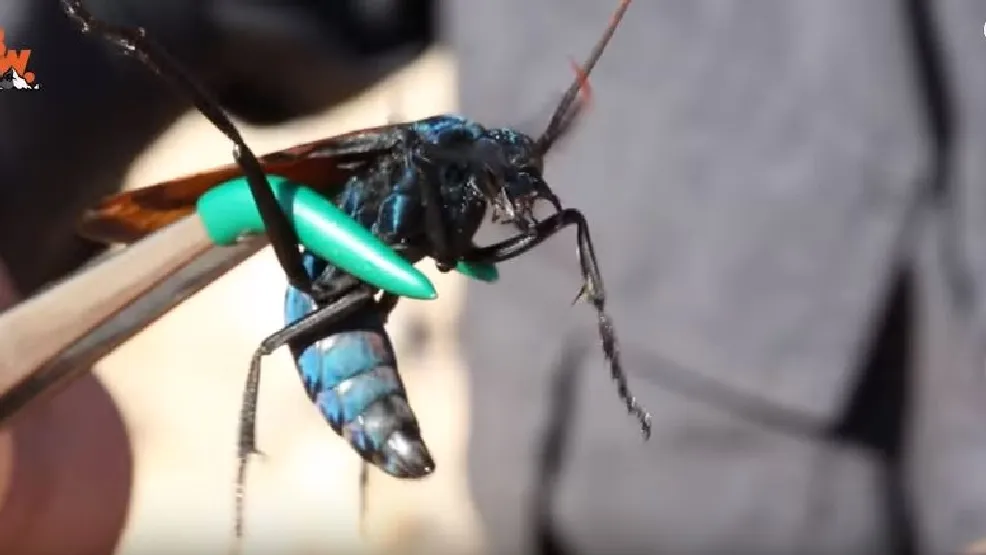
The first aid steps following a tarantula hawk sting primarily focus on reducing pain and preventing further complications. The primary steps include remaining calm, as panic can worsen the experience, move to a safe area away from the wasp, and carefully remove any stingers if they are present. Once safe, apply a cold compress to the sting site to help reduce pain and swelling. Monitoring for allergic reactions or other serious symptoms is crucial. Immediate and proper first aid enhances comfort and reduces the likelihood of severe outcomes.
Seeking Medical Attention
While the sting of a tarantula hawk is rarely life-threatening, seeking medical attention is advisable, especially if symptoms worsen or persist. Medical professionals can provide pain relief, such as pain medications or antihistamines for allergic reactions. Immediate medical attention is recommended if the person stung has a history of allergic reactions to insect stings, experiences difficulty breathing, or exhibits other serious symptoms. Seeking prompt medical care ensures that any complications are handled properly and prevents further health issues.
Long-Term Effects and Recovery
The long-term effects of a tarantula hawk sting are usually minimal, but proper care and monitoring are essential to ensure a full recovery. The initial pain typically subsides within a few hours, but some localized symptoms can persist for a few days. Understanding the recovery process and taking proper steps can assist the healing and help manage discomfort effectively. Awareness of potential complications helps in ensuring the sting heals correctly.
Monitoring the Sting Site
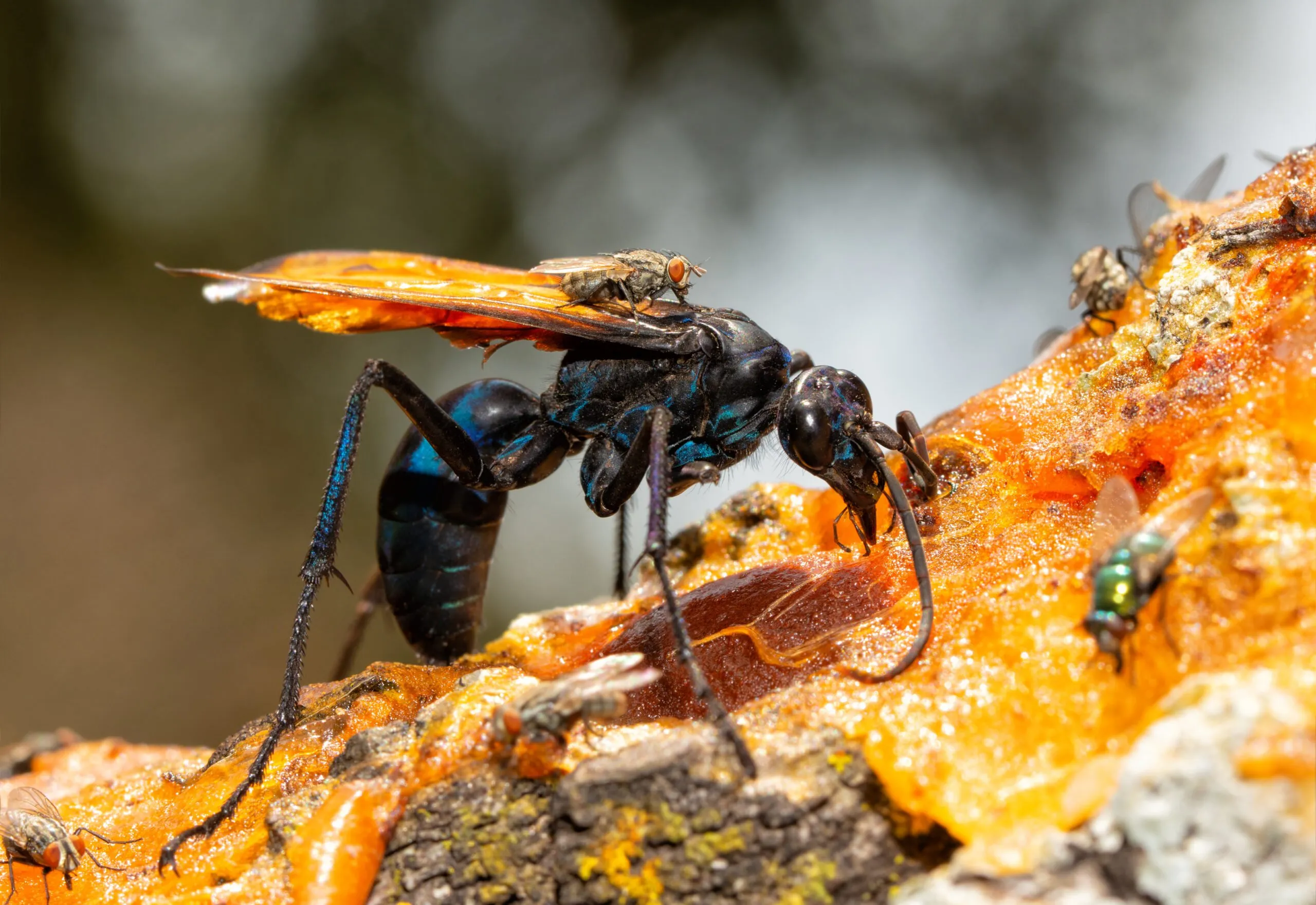
After a tarantula hawk sting, it is essential to monitor the sting site for any signs of infection or adverse reactions. Signs of infection include increased redness, swelling, warmth, and pus. Any persistent symptoms such as severe pain, or difficulty breathing warrant medical attention. Regular inspection ensures the sting heals without complications. This vigilance helps to identify and treat any developing issues quickly.
Managing Pain and Swelling
Managing pain and swelling is a central component of the recovery process. Over-the-counter pain relievers such as ibuprofen or acetaminophen can help to alleviate the pain. Applying a cold compress for 15-20 minutes at a time several times a day can reduce swelling. If swelling is significant, medical attention should be sought to rule out other complications. Effective pain and swelling management enhances the comfort and hastens the healing process.
Preventing Future Stings
Preventing tarantula hawk stings involves understanding the wasps’ behavior, habitat, and implementing protective measures. Avoiding encounters with these wasps is critical, especially in areas where they are known to be prevalent. This includes knowing where they live and what activities increase your exposure to these insects. By taking the correct preventive steps, the likelihood of a sting can be significantly reduced.
Avoiding Tarantula Hawk Encounters
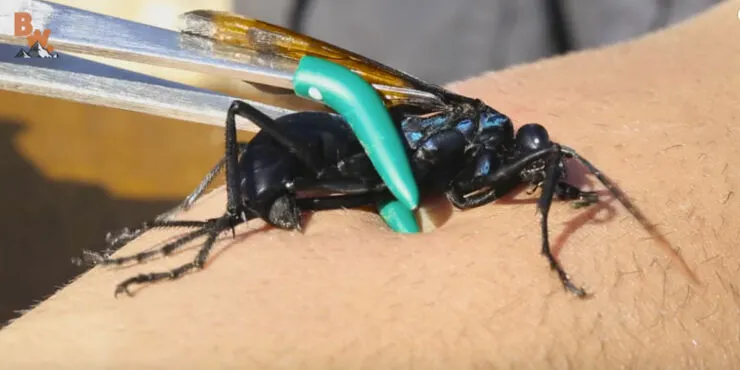
Avoiding tarantula hawk encounters is the first and most important step in prevention. Be aware of their habitat and the times of day when they are most active, typically during the warmer months. When in areas known to have tarantula hawks, wear long sleeves and pants, and avoid wearing bright colors, which can attract insects. Staying alert and observant while outdoors helps to reduce accidental contact with tarantula hawks.
Protective Measures
To protect yourself from tarantula hawks, wear protective clothing when working or spending time outdoors in their habitat. This includes long-sleeved shirts, long pants, and closed-toe shoes. Avoid disturbing their nests or any tarantulas they may be attacking. Use insect repellents that are effective against wasps. If you encounter a tarantula hawk, remain calm and slowly move away without sudden movements. By adopting these measures, you can significantly reduce the risk of a painful sting.
